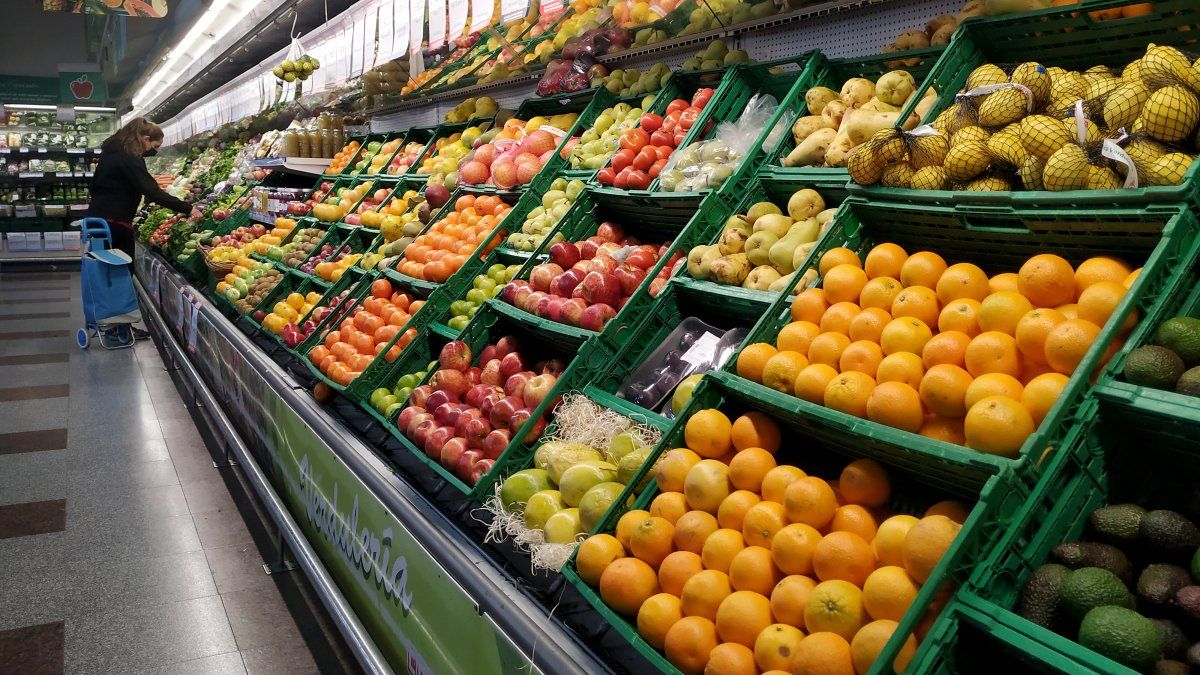Food imports grew by 61% in November according to INDEC data. The interannual variation was higher than that of October and September. An analysis prepared by the Institute for Argentine Agroindustrial Development (IDAA) ensures that the trend will continue driven by exchange rate appreciation and the elimination of the PAIS Tax. These are mostly foods that are produced in the country and some grow above 2,000%. The phenomenon disciplines local prices and there are producers who already choose not to harvest their harvest.
The Argentine countryside faces various challenges. While tax pressure continues to be the order of the day, international prices fall, the exchange rate appreciates and costs rise. The combo affects the competitiveness of the sectors and competition with products from abroad complicates regional economies.
According to INDEC data, food imports fell sharply with the devaluation at the beginning of the Milei government but have been accelerating since mid-2024. The highest point so far was November. Excluding soybeans that enter temporarily to be processed and then exported with added value, US$228 million were imported, 61% more than in the same month of 2023.
WhatsApp Image 2025-01-02 at 17.16.44.jpeg
Source: IDAA based on INDEC.
A recent analysis by the IDAA explains that “the jump that occurs starting in September is explained by the reduction of 10 percentage points in the PAIS Tax.” The report anticipates that the phenomenon will deepen in the coming months due to the total elimination of the tax and the continuity of the “devaluation table” that appreciates the official exchange rate.
Imports: the products that are growing the most
Most of the food that is imported is locally produced. The report indicates that the largest year-on-year jump occurs in onions, which accumulate imports of 32,550 tons, 11,525% more than in 2023. They are followed by carrots with increases of 5,780% year-on-year and tomatoes with a jump of 5,776%. The lemon, another symbol of regional economies, grows 261%.
The food that is imported is both for final consumption and for the production of other items that then reach the shelf. The trend is also seen in value-added products such as yerba mate, tomato pulp or wine, which show year-on-year increases of between 76% and 590%..
According to agronomist Javier Preciado Patiño, “macroeconomic conditions are emerging that did not exist before to make it very profitable to import food.”. The agricultural consultant highlighted that in this way “they set the stage for the Argentine product to lower the internal price.”
As an example, Preciado Partiño said that in some areas of Catamarca producers stopped lifting the onion because “it is more expensive to harvest it and send it to the market than to leave it there and harrow the lot.”
They come from neighboring countries
According to INDEC data, The common denominator of food imports is the proximity of the markets of origin. In the case of tomato, in November the suppliers were Paraguay (60% of the volume), Chile (31%) and Brazil (9%), with an enormous disparity in prices, since while the Chilean tomato entered with an average value of u $1.28 per kilo, the Paraguayan made it at $0.14.
In dialogue with Radio 10, The Minister of Agriculture and Livestock of Paraguay, Carlos Giménez, highlighted the arrival of products to the Argentine market: “We have sent approximately 1,700,000 kilos of tomatoes” and announced that they will seek to sustain and increase exports next year.
According to the IDAA report “some movements could be explained by specific causes such as the quality or seasonality of the supply” but at the same time, it concludes that “these operations would be unviable if it were not for the framework that allows obtaining profitability by importing products that are produced locally.” Rural entities have been raising the tone of their complaints and warning that the sector’s patience “is about to run out.”
Source: Ambito




